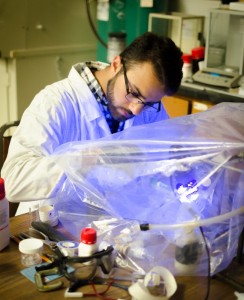Instructor: Veronica Makowsky
Prerequisite: ENGL 1010 or 1011 or 2011 or 3800; open to juniors or higher, or others with permission of the instructor.
What is an American? How does ethnicity affect one’s sense of identity? How do class, race, sexuality, gender, generation, and location(s) interact with ethnicity to form or challenge identity or to suggest identities contingent upon context? In addition to these broad questions about ethnicity and identity, this course also considers how movement over time and space (within the US, to the US, from the US, and globally) may lead to unstable or fluid senses of identity. We will read a play, short stories, novels (including a graphic novel), and autobiographies. The texts encompass Native American works (Zitkala-Sa’s American Indian Stories (excerpts) and Louise Erdrich’s The Round House); African American works (Narrative of the Life of Frederick Douglass, An American Slave and Lorraine Hansberry’s A Raisin in the Sun); and works concerning immigrant experiences: a collection of short stories by Anzia Yezierska, Tina De Rosa’s Paper Fish, Gene Luen Yang’s American Born Chinese (a graphic novel), Cristina Garcia’s Dreaming in Cuban, and Noviolet Bulawayo’s We Need New Names. Grades will be based on: 1) active participation in daily discussion which usually includes in-class writing assignments based on the day’s assigned reading; 2) a series of short papers (totaling 15 pages) and their revision, some including research using the MLA International Bibliography.
(CA 4, W)




